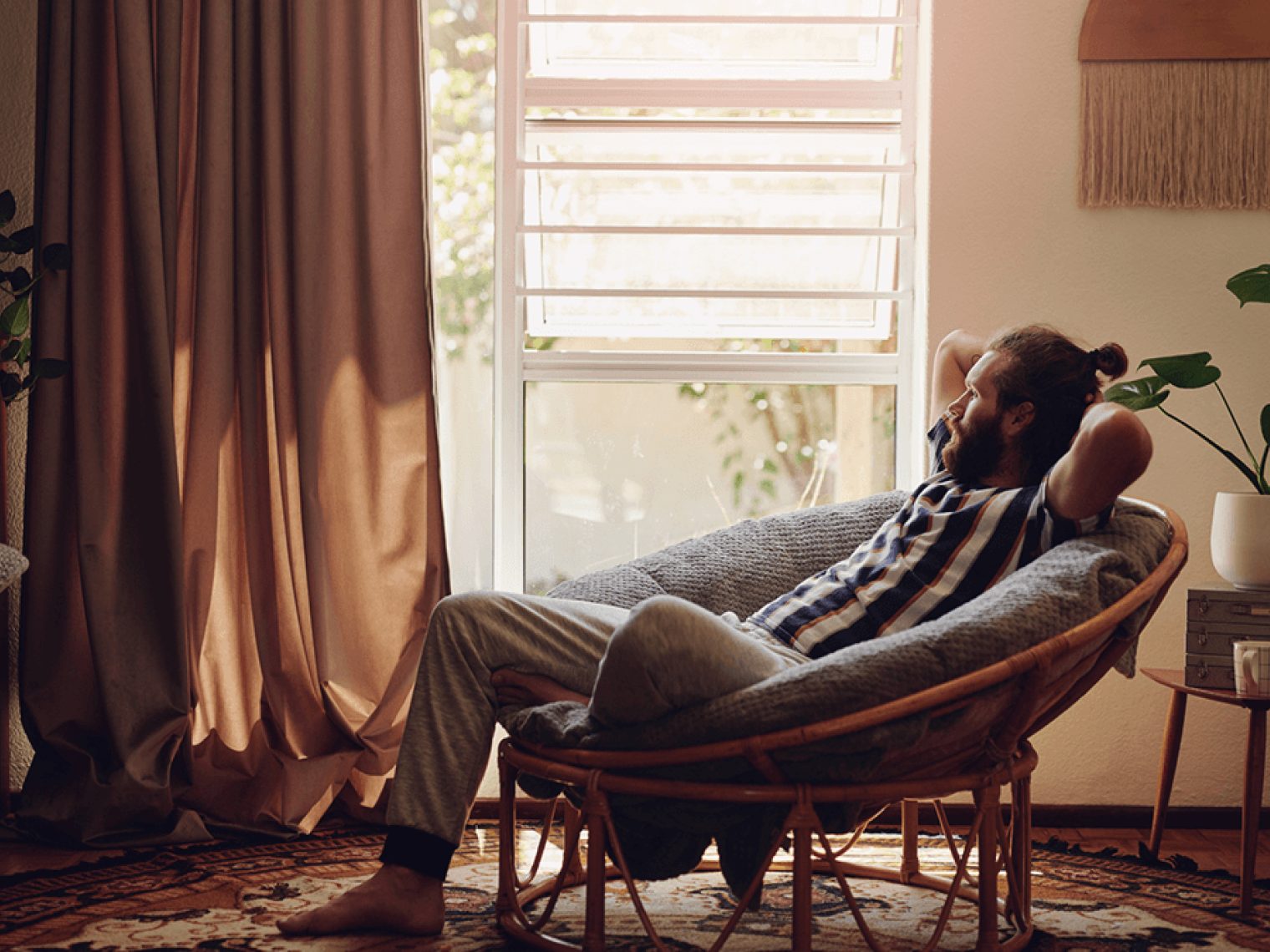For Veterans buying a home, there are a lot of components to consider: price, location, upkeep, etc. For some, the choice of house style is as simple as being “cute.” For others, it’s all about functionality.
The styling of a home is important to consider due to its potential impact on the financials, sociability and comfort of your home. And what styles have better resale values could mean a lot if you're expecting a move anytime soon.
Types of Home Styles
Here's a rundown of some common styles along with their perks and downsides:
1. Colonial Revival
Colonial revival houses are typically symmetrical looking homes with two to three stories. There have a sloping, triangular shaped roof with windows that jut outside the slope of the roof. Bedrooms stick to the upper levels while the bottom floor is used as common area.
| Advantages | Disadvantages |
|---|---|
| Larger market for resale due to design | Stairs can limit mobility |
| Compartmentalized rooms for privacy | May feel “generic” and impersonal |
2. Cottage
Cottage-style homes are those characteristic brick or stone homes with steep, triangular roofs. A chimney is often found in the front while the interior rooms feature low, arched doors.
| Advantages | Disadvantages |
|---|---|
| Cozy and comfortable feel | Small spaces may get cramped |
| Small building easy to maintain and control temperature | Not conducive to hosting social gatherings |
| Often come with porches or patios to enjoy the outdoors |
3. Shotgun
Shotgun homes can be found in the South and are quite popular in the New Orleans area. They’re characteristically narrow (no more than 12-feet wide) with rooms positioned in a straight line without any hallways. The kitchen sits in the back while the living room is in front.
| Advantages | Disadvantages |
|---|---|
| High ceilings and lack of hallways create an efficient cross-ventilation and cooling system | Lack of privacy between rooms |
| Those built on stilts allow cooling from below as well as protection from flood waters | More building material used than in a square home for same footage, meaning more potential maintenance |
| Potential lower property tax |
4. Ranch
The single-story ranch home is typically a minimalistic house style with a low-pitched roof. Large windows adorn the living areas with easy access to patios and porches.
| Advantages | Disadvantages |
|---|---|
| Easy mobility due to lack of stairs | Long walls make the distance from the furnace vary among rooms making certain areas warm and others cool |
| Large, airy layout | Bedrooms on lower level are attractive to burglars |
| Easy access to roof for maintenance purposes | May not be as aesthetically pleasing or feel as large as two-story homes |
5. Split-Level Ranch
The split-level ranch home features an entry that a person can either go up a small flight of stairs, or go down a separate flight. They contain three or more levels with the center level as the entry.
| Advantages | Disadvantages |
|---|---|
| Sense of separation which can come in handy with hosting guests | Heat distribution can be a challenge with multiple levels |
| Perception of a bigger home | Constantly going up and down stairs to reach destination |
| Often come with an attached garage that saves land space and has easy access from inside | Cleaning the home and moving furniture can be a hassle with multiple levels |
6. American Bungalow
Perhaps the most characteristic aspect of the American Bungalow is its built-in cabinets, seating and shelves. Built for efficiency, the styling contains connecting rooms, and like the shotgun, does not contain hallways. The living areas remain on the bottom of the one and a half stories.
| Advantages | Disadvantages |
|---|---|
| The low-to-the-ground design ties the home into the surrounding landscape more easily than other common architectural styles | Lack of natural lighting |
| No or limited amount of stairs | Small space for families |
| Sense of privacy as surrounding trees can “hide” low-lying homes |
Related Posts
-
 What is the VA Seller Concession Rule?Seller concessions with a VA home loan can save Veteran homebuyers thousands of dollars, but cannot exceed 4% of the loan.
What is the VA Seller Concession Rule?Seller concessions with a VA home loan can save Veteran homebuyers thousands of dollars, but cannot exceed 4% of the loan. -
 How Discount Mortgage Points Work on a VA LoanPurchasing discount points on a VA loan can be a good investment for Veterans looking to lower their interest rate.
How Discount Mortgage Points Work on a VA LoanPurchasing discount points on a VA loan can be a good investment for Veterans looking to lower their interest rate.

